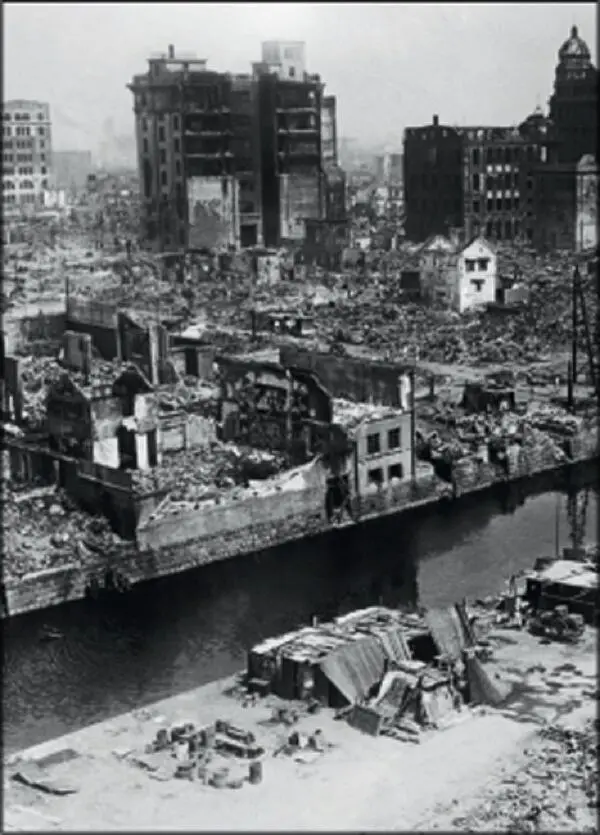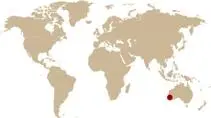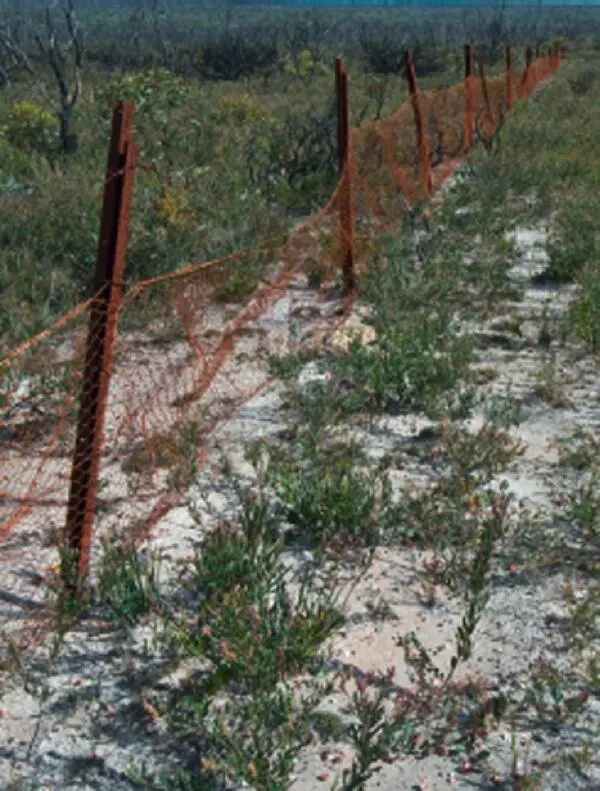The scene could have been taken from a romantic movie: a beautiful ocean liner snug against a wharf, cheering passengers lining her rails, streamers and confetti falling like coloured rain on the hundreds of well-wishers on the dockside.
Seconds later the movie would become a tragedy as one of the most devastating earthquakes in history shattered the scene.
Thousands would die in the initial shocks and the catastrophic fires that followed. But thanks to the cool leadership of the liner’s captain and the selfless actions of her crew and passengers, many thousands more would survive.
Disaster on an unprecedented scale
It was 11.55 a.m. on Saturday, 1 September 1923 and the Empress of Australia was making ready to depart from her berth at Yokohama, Japan.
Then, without warning, the entire dock moved several feet up in the air. Suddenly it plunged back down again, cracking into pieces. Seized by panic, the people screamed and ran, but there was nowhere to go. The dock fell into dust beneath their feet.
More shocks hit, making the land around the bay roll in waves over 2 m (7 ft) high, as if it were the ocean.
‘The 23,000-ton liner was tossed from side to side like a toy boat in a bath.’
The sky was lit a sickly orange from the fires now raging across the city, and a low, near-continuous rumbling sound filled the air as hundreds of buildings collapsed into rubble.
The Empress had been hit by the Great Kantō earthquake. This measured 8.3 on the Richter scale and had its epicentre beneath Ō-shima Island in Sagami Bay, just 80 km (50 miles) from where the ship was moored.
The earthquake devastated Tōkyō, the port city of Yokohama and the surrounding prefectures of Chiba, Kanagawa, and Shizuoka. Between 100,000 – 142,000 people perished, either from the initial tremors, subsequent building collapses or the vicious firestorms whipped up by 110 km/h (70 mph) winds from a nearby typhoon, which struck the area soon after the earthquake. Many people died when their feet got stuck in melting tarmac. In one single incident, 38,000 people who had taken refuge in a yard at a clothing depot were incinerated by a fire whirl.
Individuals were facing disaster at every turn. Captain Robinson of the Empress of Australia had the lives of more than a thousand people on his shoulders.
Although the shocks lessened and eventually ceased, Robinson knew his vessel was in a very dangerous position.

What remained of the docks was engulfed in flame and the Empress was still tied to the wharf.

If she stayed tied to the dock, she would burn. And if that happened, there would be nowhere for the people on board to go.
Normally, the Empress would have been able to simply move astern, but a freighter, the Steel Navigator, was moored close behind her. Now she would need tugs to pull her out sideways, but these had been destroyed or crippled in the initial tremors. Furthermore, a ship moored to the east had lost her cable and drifted across the harbour, smashing into the Empress amidships.
First Captain Robinson ordered all available crew – and passengers – to turn the ship’s hoses on the decks and extinguish the embers that were drifting from the burning docks.
He then had ropes and ladders cast over the side to let the survivors trapped on the crumbling dock climb aboard. Next he tried a risky manoeuvre, engaging the Empress’s engines to shove the Steel Navigator enough to allow them to manoeuvre away from the flaming docks.
With metal grinding on metal the Empress managed to shift the freighter, inch by agonizing inch. But just as she was slowly pulling away her port propeller fouled in the Steel Navigator’s anchor cable.
She had edged about 18 m (60 ft) away from the flames; it probably wasn’t going to be enough. Sparks and embers continued to rain down on the deck. Then, fortunately, the wind turned and eased. The ship was safe – for the moment.
Now the captain turned to helping other people. He had the ship’s lifeboats lowered and formed rescue teams of crew and volunteer passengers. They then set out to shore, working through the night to ferry survivors to the ship.
By Sunday morning the Empress was a haven for 2,000 people, but now they faced another danger. A huge slick of burning oil was moving across the harbour towards the ship. The fouled propeller meant the Empress was still unable to steer. Captain Robinson asked the captain of a tanker, the Iris, to help. This vessel managed to tow the bow of the Empress round, allowing her to move slightly out of port to a safer anchorage.
The rescue teams kept working despite the blazing sea.
On 4 September, three days after the earthquake, the Empress’s fouled propeller was freed by a diver from the Japanese battleship Yamashiro, which had arrived at the harbour. The propeller was undamaged and the Empress was now free to leave.

Damage caused by the Great Kantō earthquake in Tōkyō.
But Captain Robinson decided that she should stay to help with the relief work.

For the next week the Empress of Australia re-entered the devastated harbour every morning and sent her boats ashore.

The lifeboats continued the trips, returning full of refugees, who were then either transferred from the ship to other vessels or taken to Kōbe. The ship’s crew and most of the passengers donated their personal belongings to help the survivors.
Finally, on 12 September 1923, the Empress of Australia departed Yokohama. The heroism of her captain, crew and passengers was not forgotten. Captain Robinson received many awards, including the CBE and the Lloyds Silver Medal.
A group of passengers and refugees commissioned a bronze memorial tablet, which they presented to the ship in recognition of the relief efforts. When the Empress was scrapped in 1952, this tablet was handed on to Captain Robinson, then aged 82, in a special ceremony in Vancouver.
| IN 1931, THREE YOUNG GIRLS WERE AMONG THOUSANDS OF CHILDREN FORCIBLY TAKEN FROM THEIR FAMILIES BY THE AUSTRALIAN GOVERNMENT AND SENT TO A HARSH NATIVE SETTLEMENT. MOLLY, DAISY AND GRACIE IMMEDIATELY ESCAPED AND FOLLOWED A RABBIT-PROOF FENCE FOR 1,600 KM (1,000 MILES) THROUGH THE BURNING WESTERN DESERTS TO GET HOME. |
 |
| DATE: 1931 SITUATION: THREE CHILDREN RUN FROM A STATE HOME CONDITION OF CONFINEMENT: FLEEING THE AUTHORITIES THROUGH THE AUSTRALIAN BUSH DURATION OF CONFINEMENT: 2 MONTHS MEANS OF ESCAPE: HIDING IN THE BUSH, BEGGING FOR HELP NO. OF ESCAPEES: 3 DANGERS: EXHAUSTION, STARVATION, HEAT STROKE EQUIPMENT: NONE |

Old rabbit-proof fence remains along Hamersley Drive, Fitzgerald River National Park, Western Australia.
Читать дальше

















